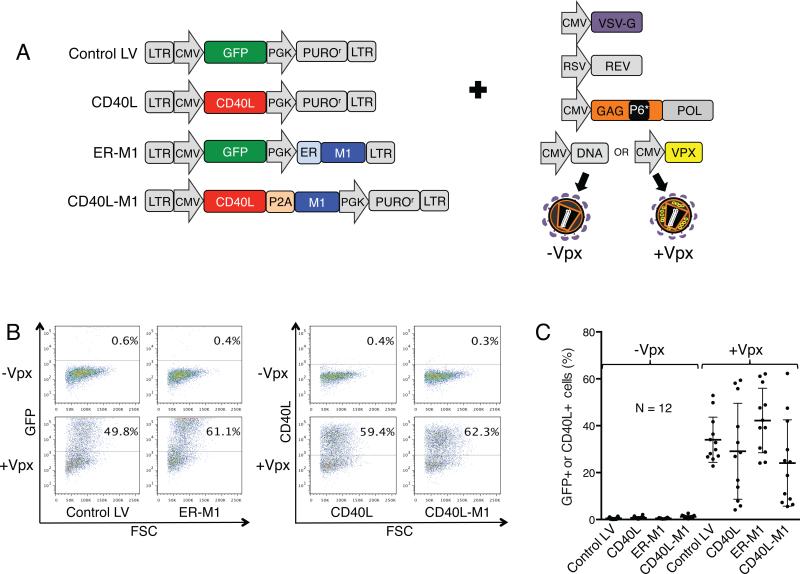Figure 1. Lentiviral vector virions that contain SIVmac Vpx infect DCs with high efficiency.
(a) Lentiviral vectors that express CD40L and influenza epitopes are diagrammed. The vectors are derived from pLenti.CMV.GFP.puro (658-5 Addgene), a dual promoter HIV-1-based lentiviral vector that has a 5’ cytomegalovirus (CMV) promoter and 3’ phosphoglycerate kinase promoter (PGK).42 The vectors express GFP (Control LV), CD40L (CD40L), GFP and influenza A matrix protein amino acids 58-66, M1,10 with an amino-terminal signal peptide (ER-M1), or CD40L joined to the M1 coding sequence (CD40L-M1). CD40L fusion proteins contained an intervening P2A picornavirus self-cleaving sequence.44 The vectors, except for ER-M1, contained a PGK promoter-driven puromycin resistance gene that served as a spacer and was not used. Lentiviral vector stocks containing or lacking packaged Vpx were produced by cotransfecting 293T cells with lentiviral vector plasmid, the pMDL-X Gag/Pol packaging vector that contains the SIVmac P6 Vpx packaging motif,8 and vectors encoding HIV-1 Rev, VSV-G, and SIVmac Vpx8, 45 or pcDNA6 empty vector. (b) DCs were transduced with Control LV, ER-M1, CD40L, and CD40L-M1 viruses at MOI=2. After 72 hours, GFP+ and CD40L+ cells were quantified by flow cytometry. Representative results from one donor are shown. (c) Pooled results from 12 donors are shown with error bars indicating mean +/− SD. Some of the lentiviral vectors were tested in eight additional donors and showed similar trends (data not shown).

